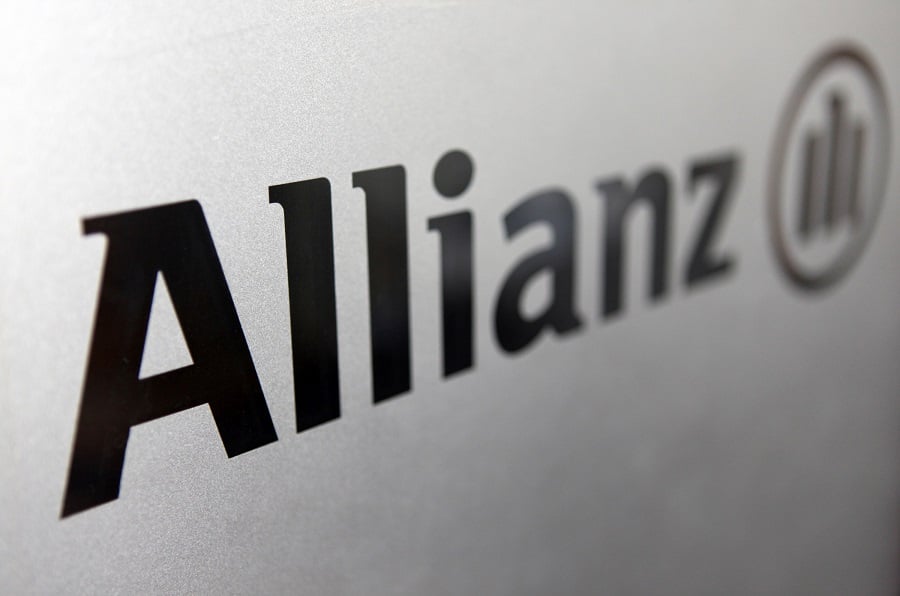

Allianz Investment Management has introduced two exchange-traded funds aimed at matching price returns of the S&P 500 Index, but with less risk.
Through the use of hedging techniques, the AllianzIM U.S. Large Cap Buffer10 Apr ETF and the AllianzIM U.S. Large Cap Buffer20 Apr ETF provide downside protection against the first 10% and 20%, respectively, of any index losses over a set time period. The initial outcome period is June 1, 2020, to March 31, 2021. Subsequent outcome periods are expected to be 12-months in length.
The expense ratio of the funds is 74 basis points, with portfolio management conducted in-house by Allianz.
Recently, in what they say is an effort to bring clarity to the expanding ETF market, several of the largest managers proposed that the funds be reclassified into exchange-traded instruments, notes and commodities, in addition to plain vanilla ETFs. Smaller players say the move represents a power grab by big players by potentially confusing retail investors.
The consortium pressing for the changes — which includes BlackRock Inc., Vanguard Group, Charles Schwab Corp., Fidelity Investments and Invesco Ltd. — says the four distinct categories will boost investor awareness of the different risks.
[More: ETFs now used by 88% of advisers]

Most firms place a limit on advisors’ sales of alternative investments to clients in the neighborhood of 10% a customer’s net worth.

Those jumping ship include women advisors and breakaways.

Firms in New York and Arizona are the latest additions to the mega-RIA.

The agent, Todd Bernstein, 67, has been charged with four counts of insurance fraud linked to allegedly switching clients from one set of annuities to another.

“While harm certainly occurred, it was not the cataclysmic harm that can justify a nearly half billion-dollar award to the State,” Justice Peter Moulton wrote, while Trump will face limits in his ability to do business in New York.
Orion's Tom Wilson on delivering coordinated, high-touch service in a world where returns alone no longer set you apart.
Barely a decade old, registered index-linked annuities have quickly surged in popularity, thanks to their unique blend of protection and growth potential—an appealing option for investors looking to chart a steadier course through today's choppy market waters, says Myles Lambert, Brighthouse Financial.
